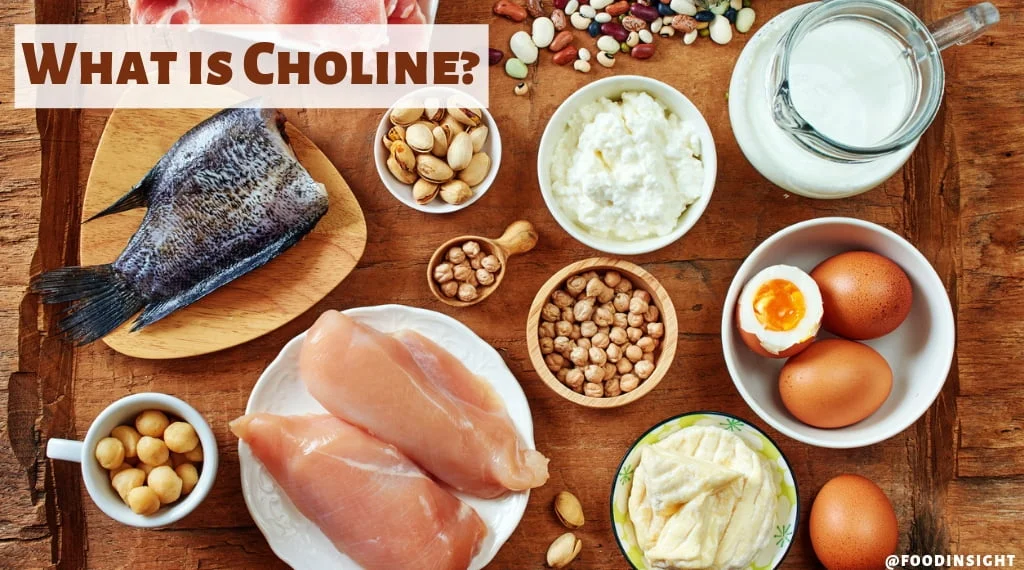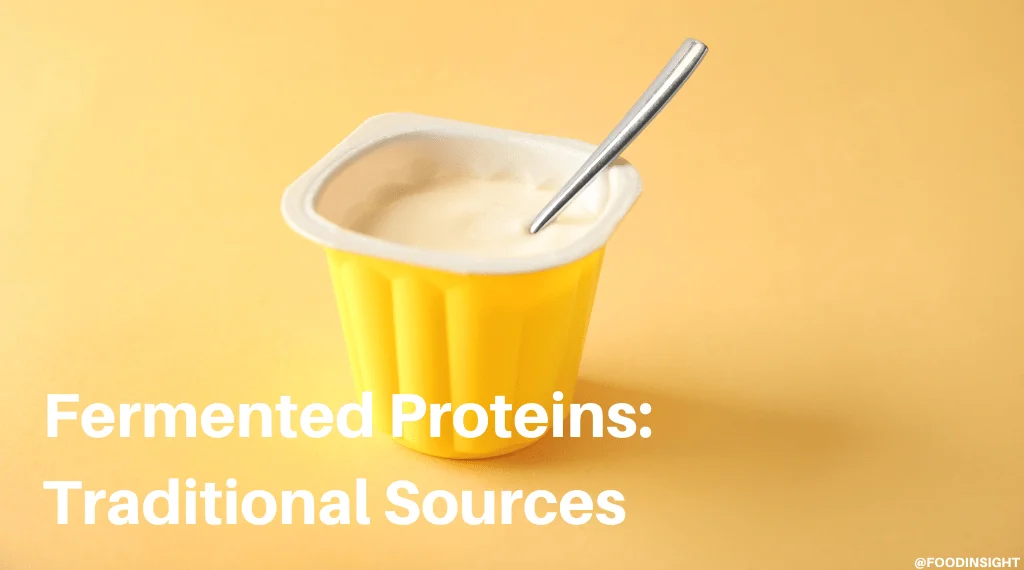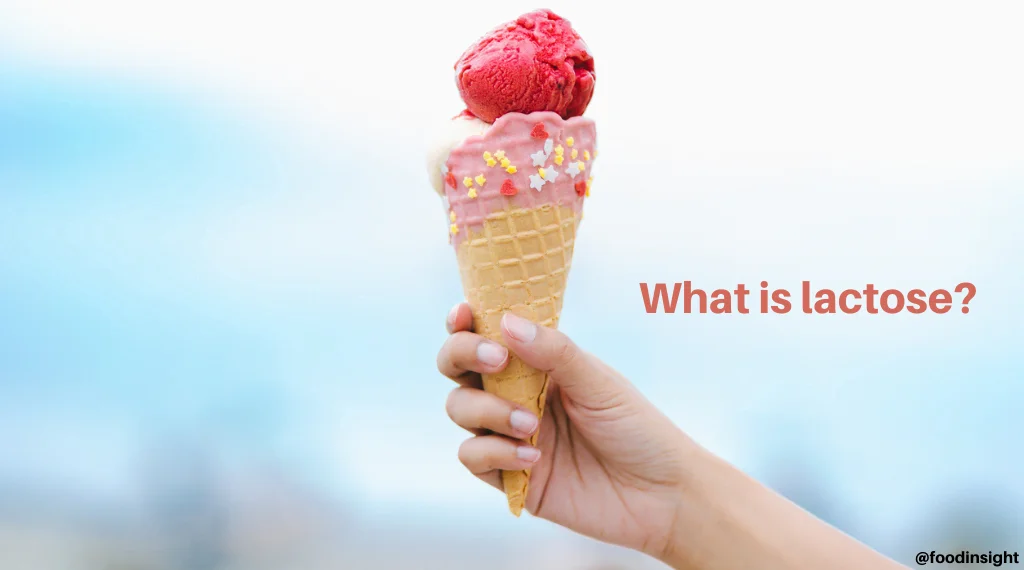
Highlights
- Choline is an essential nutrient involved in brain and nervous system function, cell membrane support, making DNA, fat transport and metabolism.
- The Food and Nutrition Board of the National Academy of Medicine has established Adequate Intakes and Tolerable Upper Intake Levels for choline, which vary depending on sex and age.
- Animal-based foods are rich in choline. Cruciferous vegetables, legumes and the emulsifier lecithin also provide choline.
- Although choline deficiency is rare, most people do not consume the recommended amounts. Pregnant and breastfeeding women have particularly high choline needs and many do not get enough.
THE BASICS OF CHOLINE
Choline (pronounced KOH-leen) is an essential nutrient needed for brain and nervous system function and regulation of mood and memory. It’s also critical for supporting the membranes that hold our body’s cells together, is a key player in fat transport and metabolism, and is involved in synthesis of DNA. Although choline plays a vital role in many aspects of our health, it’s less well-known than many other essential nutrients. For most people, choline intake is lower than recommended.
Unlike many other nutrients, humans can produce some choline, mostly in the form of phosphatidylcholine (foss-fa-TIE-dull-KOH-leen) in the liver. However, the amount that our bodies can make isn’t enough to meet our daily needs, so getting choline from food is important.
CHOLINE AND HEALTH
Choline’s importance begins before birth and extends through the lifespan. Some of its important roles in human health include:
- Early brain development. Maternal nutrition is critical for proper growth and development of children, both during pregnancy and while breastfeeding. When pregnant women consume choline, it is passed on to the developing baby through their interconnected bloodstreams, and it’s also passed to infants through breast milk. An increasing amount of research supports that exposure to choline during development and after birth can have lasting effects on child attention, memory and problem solving.
- Cell membrane structure and DNA synthesis. Choline is involved in creating cell membranes, which are made of two layers of fat that maintain the structure of cells, tissues and organs. It’s also involved in a critical step in the making of DNA, which is needed to maintain healthy cells and organ systems.
- Regulating brain function. Choline is needed to produce acetylcholine (AS-i-teel-KOH-leen), a neurotransmitter that helps nerve cells communicate with each other. Acetylcholine is important for regulating memory and mood, and some studies have shown that higher choline intake is associated with improved learning and understanding.
- Liver health. Choline is essential for transporting fat stored in the liver to other parts of the body, where it is used for energy, storage and many other roles. In cases of choline deficiency, fat builds up in the liver and may lead to liver damage. Liver health usually isn’t compromised in people with lower choline intakes, because our bodies can also make some choline to transport fat away from the liver.
Some recent research has looked at the link between choline and heart health. While some studies suggest that choline may be involved in reducing risk for heart disease, others have suggested the opposite. Choline can be converted into a compound called TMAO (trimethylamine N-oxide), which has been proposed as a risk factor for heart disease. However, at this point, the evidence is not strong enough to draw a connection between choline and heart health. More research is needed.
RECOMMENDED INTAKES
Adequate Intakes (AIs) for choline have been established by the Food and Nutrition Board (FNB) of the National Academy of Medicine based on studies that determined the minimum amount needed to prevent liver damage. AIs differ depending on age, sex and pregnant or lactating status.
Adequate Intakes for Choline (mg/day)
| Age | Male | Female | Pregnancy | Lactation |
| Birth to 6 months | 125 | 125 | ||
| 7-12 months | 150 | 150 | ||
| 1-3 years | 200 | 200 | ||
| 4-8 years | 250 | 250 | ||
| 9-13 years | 375 | 375 | ||
| 14-18 years | 550 | 400 | 450 | 550 |
| 19+ years | 550 | 425 | 450 | 550 |
*Adequate Intakes established by the Food and Nutrition Board, 1998.
Most people don’t get enough choline through foods or dietary supplements, but noticeable signs of choline deficiency are rare because our bodies can produce at least a small amount of it. Certain populations are more susceptible to consuming low levels of choline relative to the AIs, including women who are pregnant or lactating, vegetarians and vegans, postmenopausal women, those receiving parenteral nutrition and people with certain genetic variations in choline metabolism.
Among these populations, considerable attention has been paid to choline intakes during pregnancy and lactation, due to choline’s important role in in-utero and infant cognitive development. The AI for choline is higher in pregnancy because it is passed from mother to the growing baby. Breast milk is the primary source of choline for breastfed infants, which makes the AI during lactation the highest of any stage of life in females. Choline is not commonly found in prenatal vitamins because including it can considerably increase the size of the capsule or tablet. Due to lower-than-recommended dietary intake and increased needs, it’s estimated that only 8 percent of pregnant women currently meet the AI for choline; less is known about choline intake in breastfeeding women.
It’s also possible to get too much choline, though doing so is rare. Choline intake that’s consistently higher than the AI can result in a fishy body odor, low blood pressure, sweating and excessive salivation. Prolonged high intakes may lead to liver damage and increased risk of heart disease. The Food and Nutrition Board has established tolerable upper intake levels (ULs) for choline, which is the maximum amount of daily intake that would be unlikely to cause health effects.
Tolerable Upper Intake Levels for Choline (mg/day)
| Age | Male | Female | Pregnancy | Lactation |
| Birth to 6 months* | ||||
| 7-12 months* | ||||
| 1-3 years | 1000 | 1000 | ||
| 4-8 years | 1000 | 1000 | ||
| 9-13 years | 2000 | 2000 | ||
| 14-18 years | 3000 | 3000 | 3000 | 3000 |
| 19+ years | 3500 | 3500 | 3500 | 3500 |
*No UL has been established for infants younger than 12 months.
FOOD SOURCES OF CHOLINE
Animal-based foods like meat, fish, poultry, dairy and eggs are particularly rich sources of choline. One egg supplies about one-third of an adult’s daily requirement. Cruciferous vegetables like Brussels sprouts and broccoli as well as legumes like soy, peas and peanuts can also supply considerable amounts of choline.
Lecithin – a common, choline-containing food additive used as an emulsifier in foods like salad dressings and gravies – is a significant contributor to choline intakes for many people. Infants can meet their choline needs through consuming either breast milk – hence the higher AI during lactation – or infant formulas.
| Food | Serving Size | Choline content (mg) |
| Soy-based protein powder | 1 scoop | 141 |
| Chicken breast, roasted | 1 cup, chopped | 119 |
| Egg, poached | 1 large | 117 |
| Beef, top round, braised | 3 ounces | 112 |
| Salmon, roasted | 3 ounces | 96 |
| Milk, 1% fat | 1 cup | 43 |
| Brussels sprouts, boiled | ½ cup | 32 |
| Broccoli, boiled | ½ cup | 31 |
| Peanuts, dry roasted | ¼ cup | 24 |
| Green peas, boiled | ½ cup | 24 |




